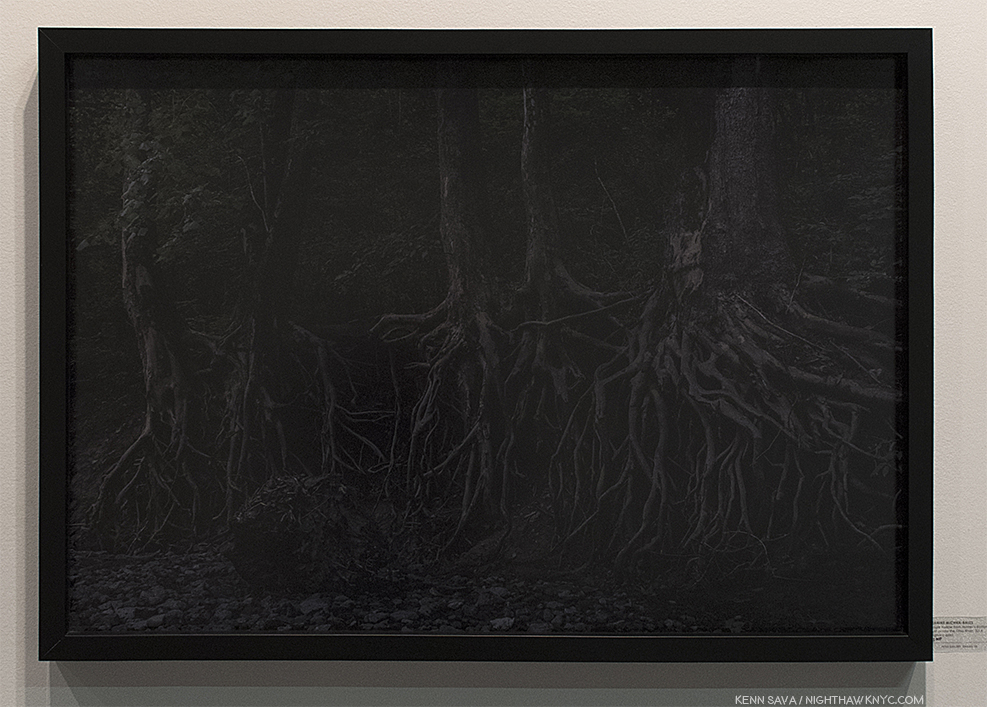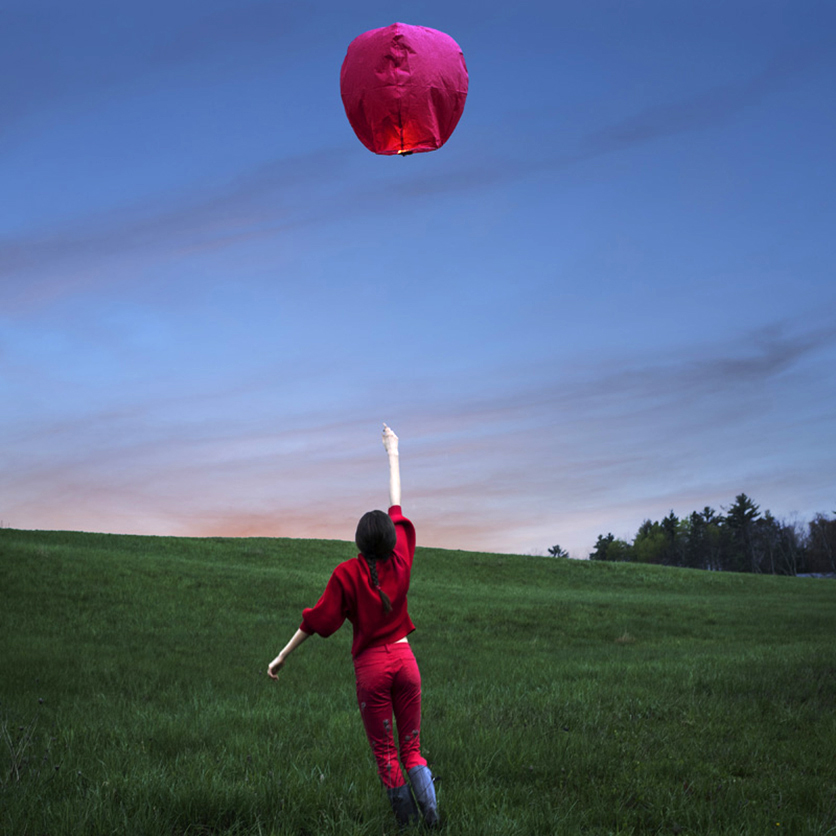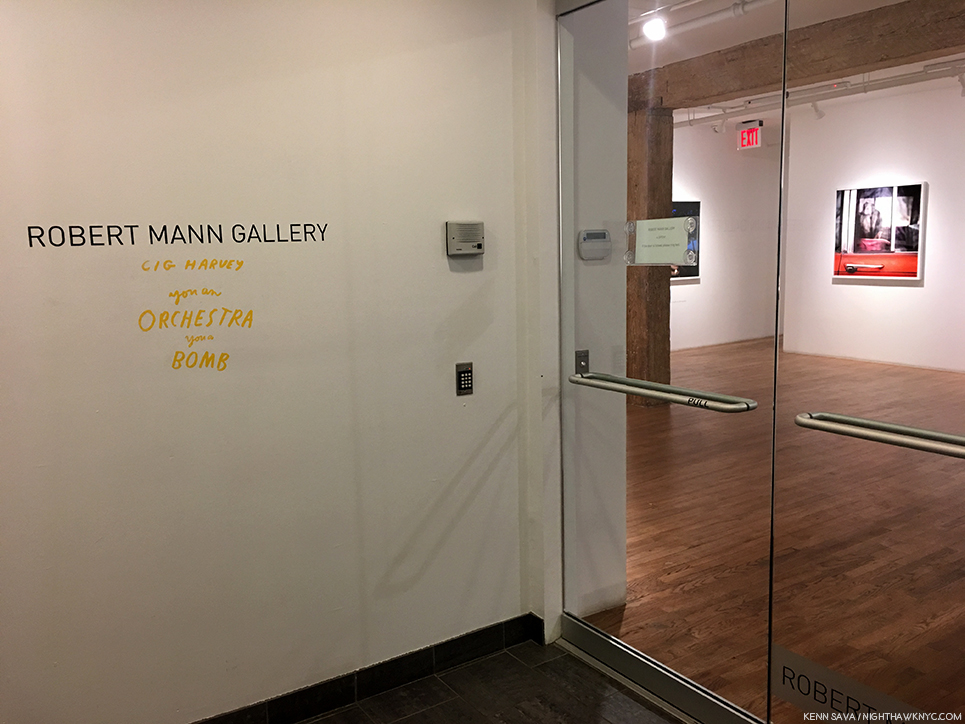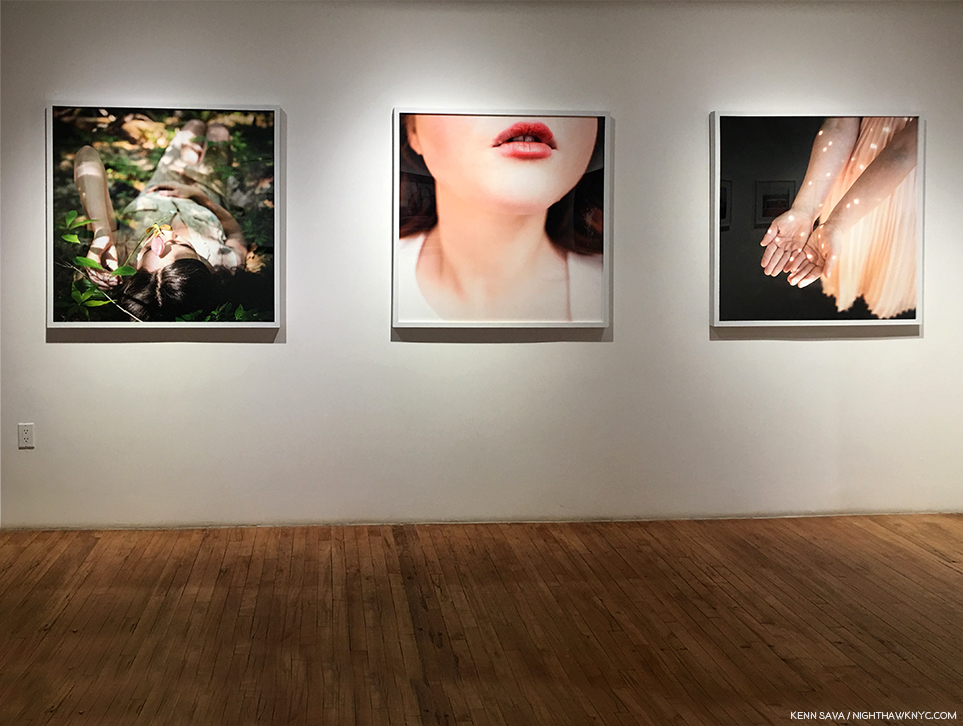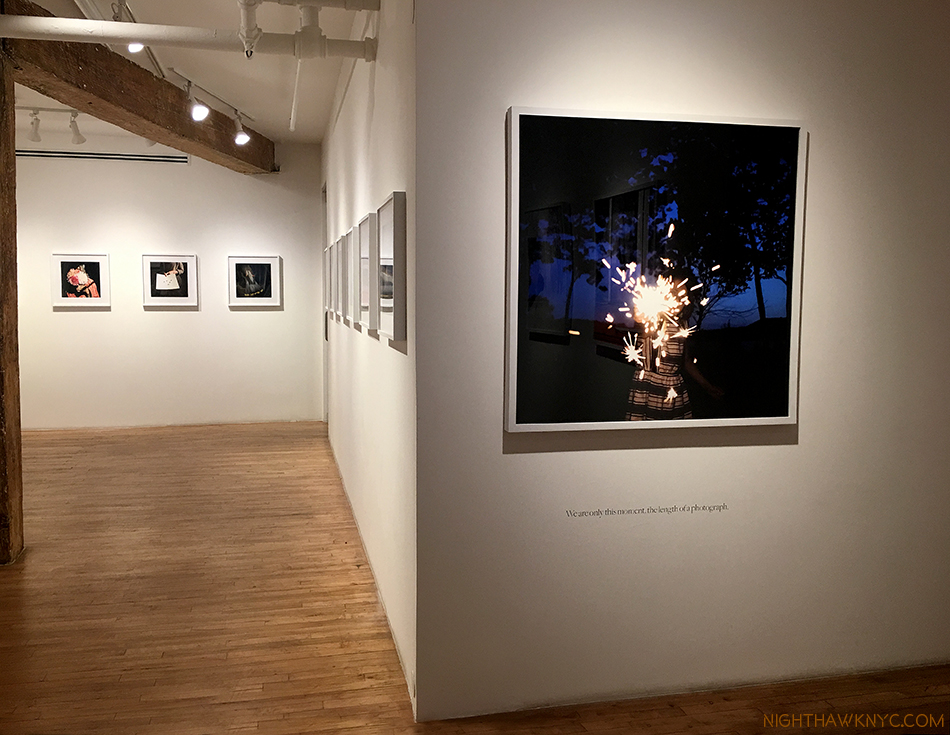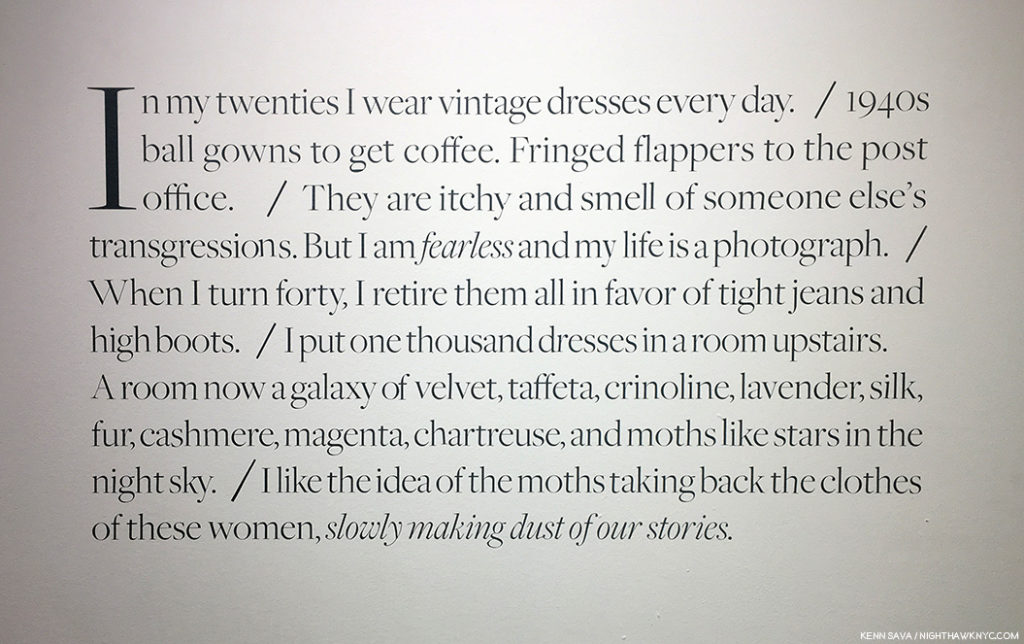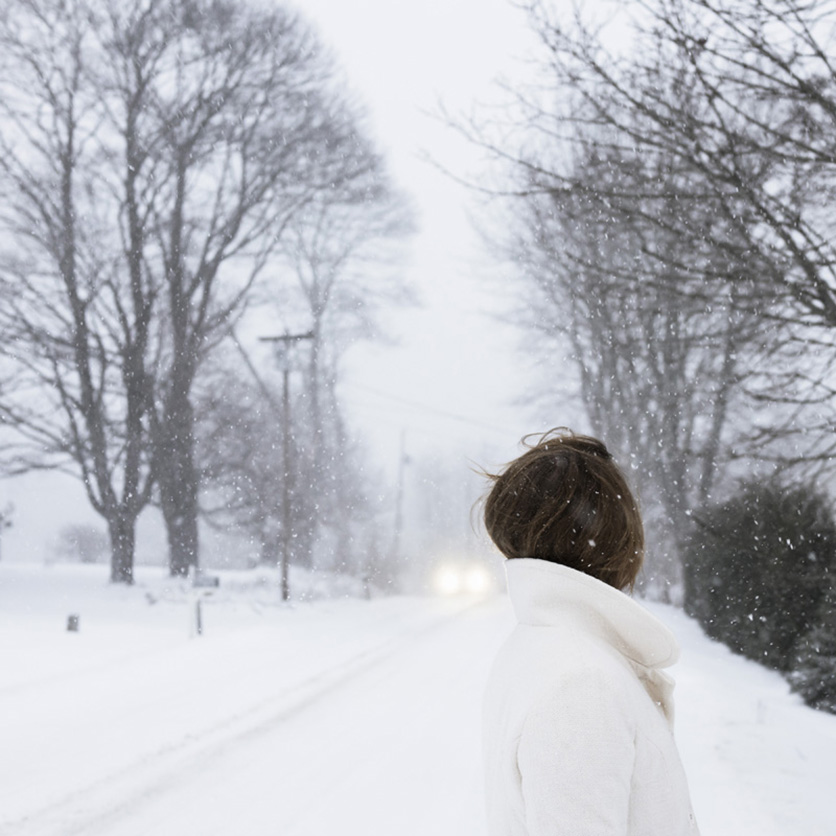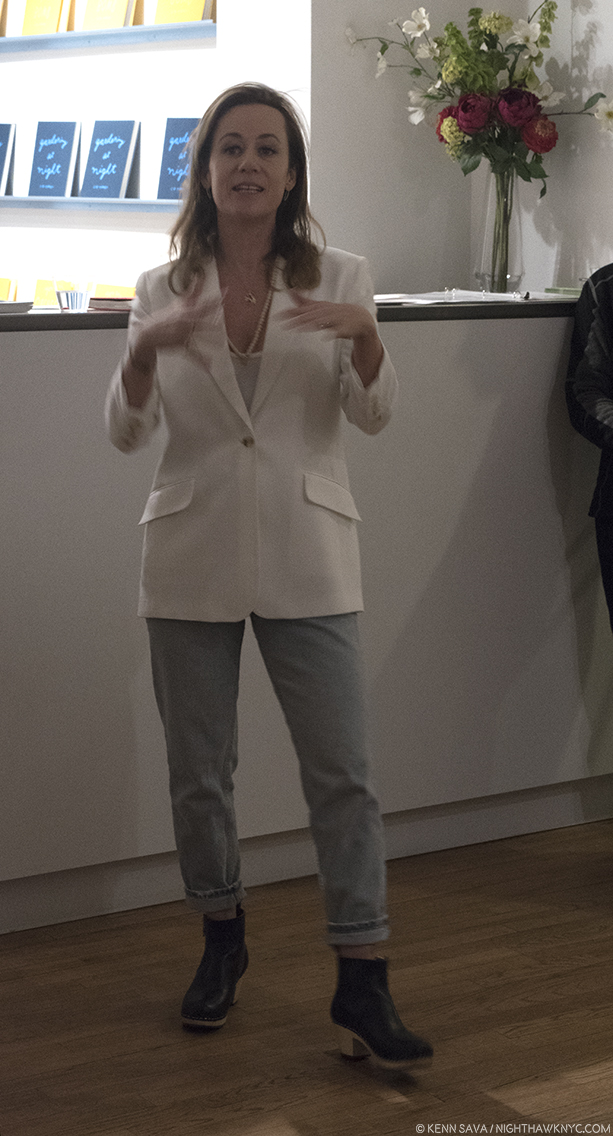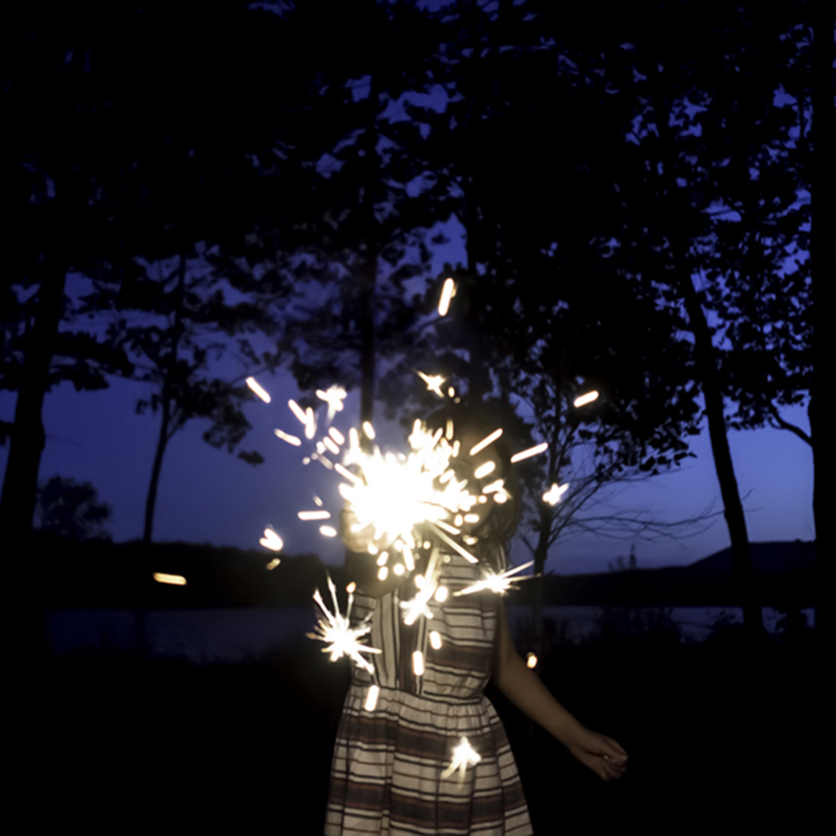With so much to see from so many of the world’s leading galleries and Photography organizations it’s virtually impossible not to make a discovery, or two. Last year, Gregory Halpern’s work captivated me and continues to enthrall me. This year, there were two Artists new to me who’s work was remarkable-
- Jeanine Michna-Bales, and
- Kris Graves, who will be featured in the following Post
Late Saturday, I happened upon the outer wall of Dallas’ Photographs Do Not Bend (or PDNB) Gallery, when my eye was grabbed by this-
Hmmm…I’ve never seen night photography like this.
I stood and stared at this photo of tree roots, lost in the beauty of the image. It’s the blackest night imaginable, with seemingly no light source anywhere, yet the detail is amazing. So is the color, which is gorgeously subtle. I began to see unexpected things in the shapes…elements of Miro Surrealist landscapes, among them. It’s sculptural, as trees often are, though their roots are rarely seen, especially like this. Trees are, also, objects of meditation in Zen. Then, I pondered HOW it was created. I ran down some possibilities in my mind before realizing- it’s an extremely well done Photograph.
In spite of all this analyzing, little did I realize exactly what I was looking at. Staring at it for a good five minutes this close, I finally took a step back.
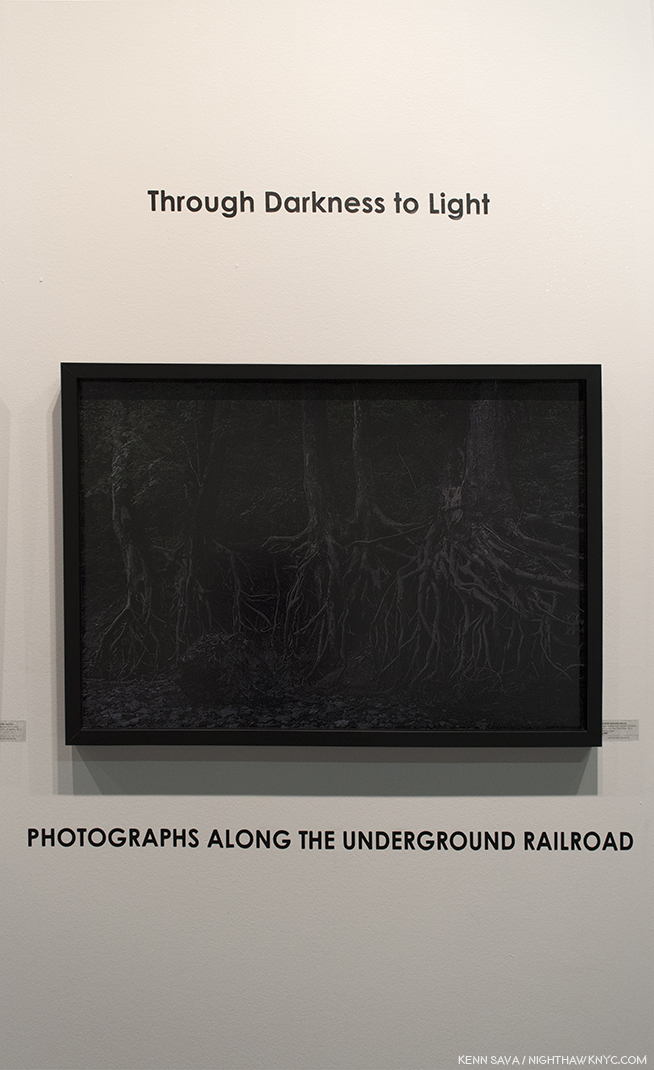
Jeanine Michna-Bales, “Eagle Hollow from Hunter’s Bottom, Just across the Ohio River, Indiana,” 2014, Digital C-Print. Seen at PDNB Gallery, Dallas.
I happened to see the Artist speaking with another visitor, so I asked her to tell me about the series. Her name is Jeanine Michna-Bales, and what I was seeing t turned out to be images from her monumental project, “Through Darkness to Light: Photographs Along the Underground Railroad.” She spent FOURTEEN YEARS on this project (2002-16), researching, location scouting and Photographing the route and the sites of the Underground Railroad that an estimated 100,000 escaped slaves used between 1800 and 1865. Since everything about it was secret because most involved were risking their lives, details are still being uncovered, making researching it a very arduous task, before beginning to Photograph. She meticulously researched “fugitive” slaves and the ways they escaped, finally managing to document about 2,000 miles of the Underground Railroad, crossing through seven states and ending in Canada! She then scouted actual locations and spent 3 years taking the Photographs that resulted in the 81 the series consists of. The results are nothing less than spectacular, and vitally important as a reminder of this little known part of American history.
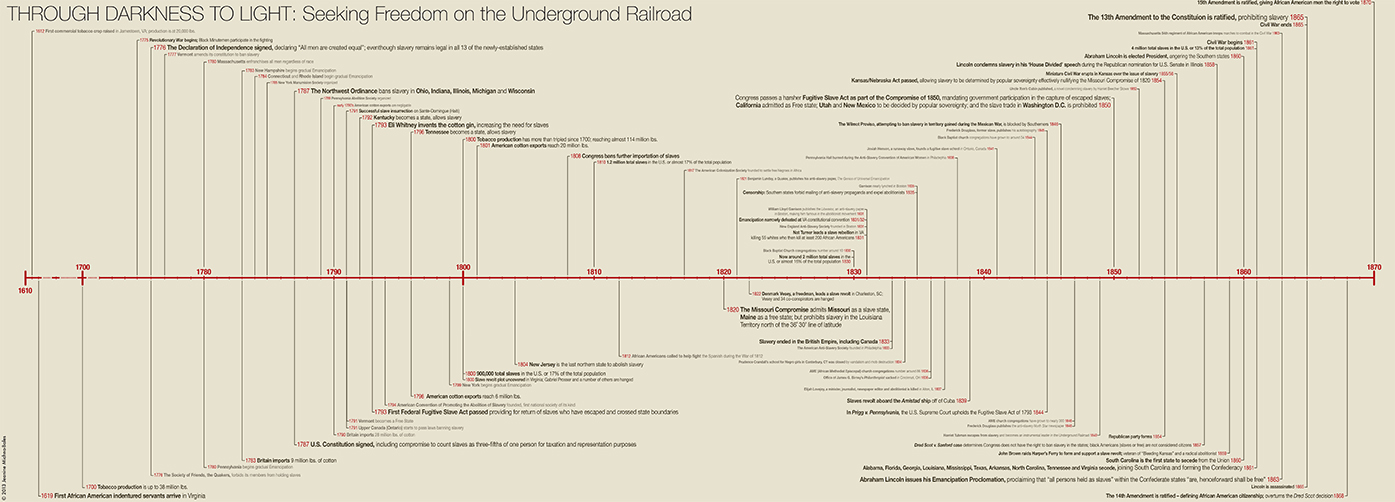
Jeanine Michna-Bales created this Timeline of slavery in the U.S. and the history of the Underground Railroad from 1619-1870, a product of her extensive research, see here in full size.
In addition to the wall of Photographs at PDNB Gallery’s booth, a further 10 were displayed at Arnika Dawkins Gallery, Atlanta’s booth, where they were accompanied by related texts in the most striking gallery installation I saw at AIPAD.
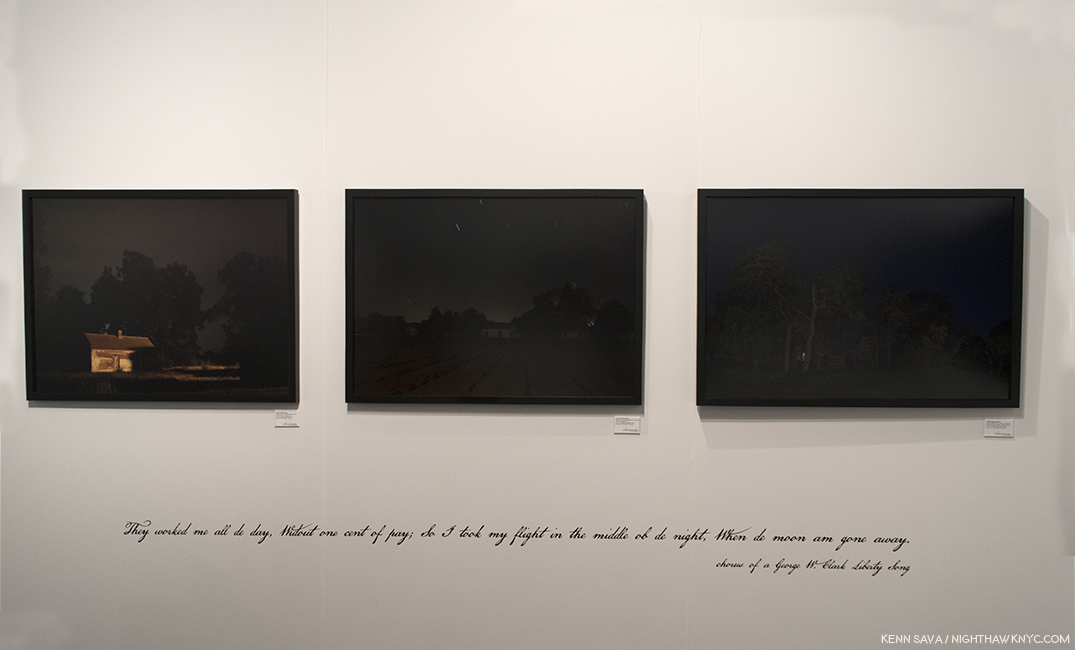
“They worked me all de day. Without one cent of pay, So I took my flight in the middle of de night, When de moon am gone away.” Chorus of a George W. Clark Liberty Song, the text below the Photographs read. As seen at Arnika Dawkins Gallery, Atlanta.
The Artist has created a website, througdarknesstolight.com, where you can see some of her research, educational resources and lesson plans for educators, along with an extensive bibliography. It also includes the itinerary for upcoming dates and venues for the traveling exhibition.
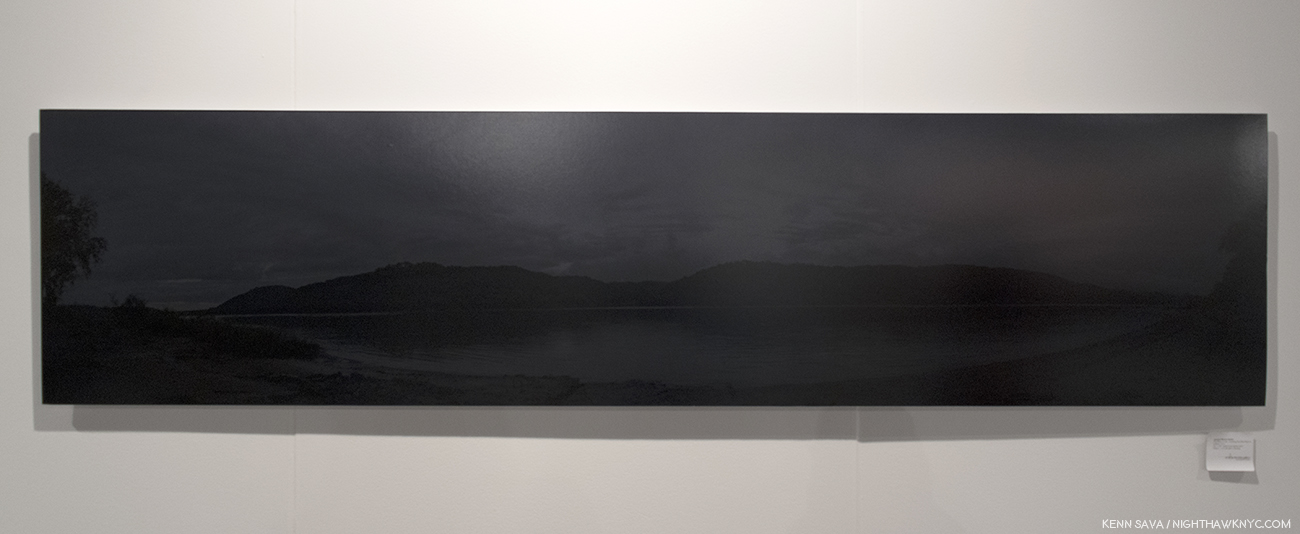
This stunning panorama is the largest work in the series. “The River Jordan. Crossing the Ohio River to Indiana,” 2014. 25 x 105 inches
At AIPAD, Ms. Michna-Bales, and both galleries, were debuting the limited edition Portfolio of 15 copies for the project which includes 12 prints. A beautiful trade hardcover book has been published by Princeton Architectural Press.
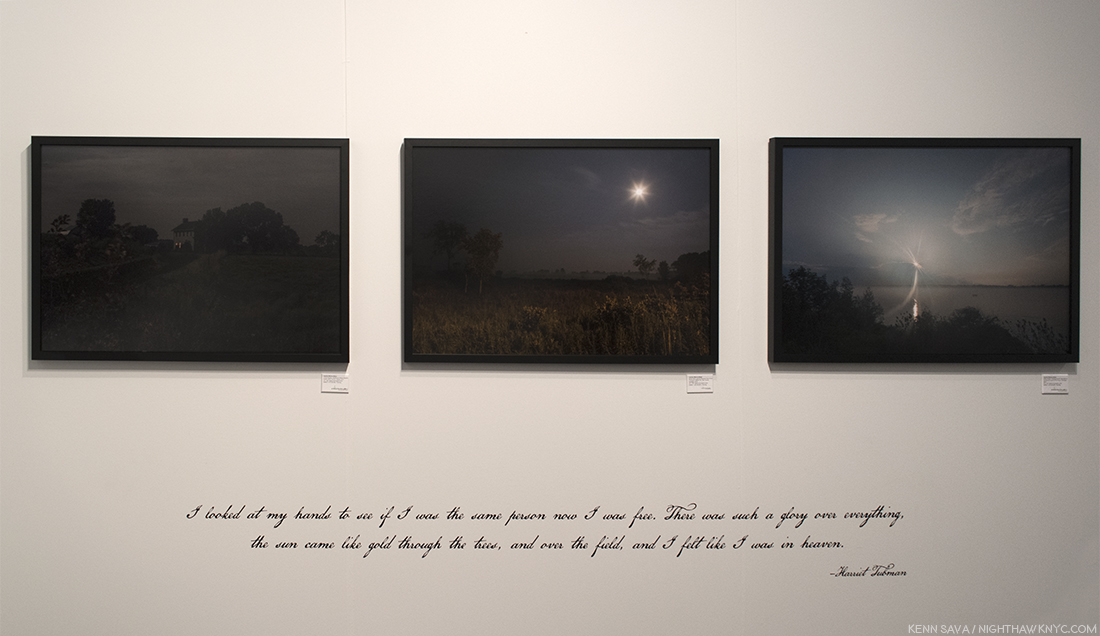
” I looked at my hands to see if I was the same person now I was free. There was such a glory over everything, the sun came like gold through the trees, and over the field, and I felt like I was in heaven.” Harriet Tubman, the quote reads. The final two Photographs in the series show light coming into the world. Seen at Arnika Dawkins Gallery, Atlanta.
In addition to the historic and educational value of the project, the stunning quality of Ms. Michna-Bales Photography shouldn’t be overlooked. There is quite a bit of audacity in presenting a projects that consists almost entirely of Photographs taken in the darkest of night. Yet, when you stand in front of them, none of the detail in the image is lost- the mood, power, terror, urgency is only enhanced. You begin to imagine a small part of what the experience might have been like, particularly being on the run, which is what the images on view were about. While we don’t see the conditions, or other details from the time, we do see some of the surviving original buildings. That safe house in the distance with a light on must have brought an incredibly wide range of emotions to those trying to reach it. The beauty of her work is essential to the quality and success of this project. A subject this important deserves spectacular Art. Jeanine Michna-Bales has created spectacular work that all who see it will long remember.
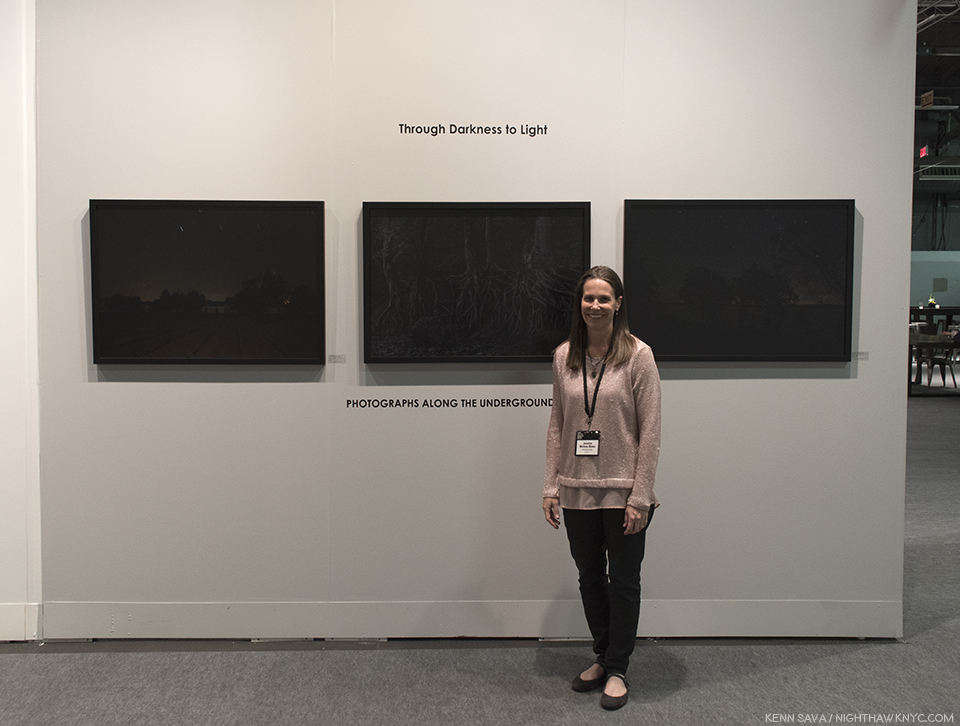
Jeanine Michna-Bales poses alongside her amazing work- some of the most beautiful night Photographs I’ve yet seen that, more importantly, pay homage to, and serve as a reminder of, an extraordinary event in American history.
Though new to me, the amount of press coverage seen on the project’s website shows the universal acclaim it’s received. The traveling exhibition is in such demand it’s site currently lists it’s itinerary through January, 2022! If it’s coming near you, don’t miss it.
Jeanine Michna-Bales “Through Darkness To Light” was the gallery presentation of AIPAD, 2018 in my view, and a major project that should be seen by all.
———————————–End————————————
UPDATE- June 3, 2018- Since my Post, above, barely scratches the surface of the gigantic undertaking that “Through Darkness to Light” is, I’m pleased to announce that Jeanine has done a follow-up “Q & A” with me in which she discusses how the project came about, what researching it was like and many other fascinating things that came up during the 14 years it took to complete this project. She also discusses the two new projects she began during this time. It may be seen here.
*-Soundtrack for this Post is “Go Down Moses,” by Louis Armstrong. Sarah Bradford’s biography of Underground Railroad conductor Harriet Tubman quotes her as having used “Go Down Moses” and a coded song to communicate with escaped former slaves fleeing Maryland. You can here him perform it, with different video added, here.
The Photography Show/AIPAD, 2018, is my NoteWorthy Show for April.
As I did in 2017, once again I’m pleased to provide THE most extensive coverage of The Photography Show, AIPAD, 2018, available anywhere. The rest of my coverage is here.
My coverage of The Photography Show/AIPAD, 2017 may be found here..
NighthawkNYC.com has been entirely self-funded & ad-free for over 7 years, during which over 275 full length pieces have been published!
I can no longer fund it myself. More on why here.
If you’ve found it worthwhile, PLEASE donate to keep it online & ad-free below.
Thank you, Kenn.
Written & photographed by Kenn Sava for nighthawknyc.com unless otherwise credited.
To send comments, thoughts, feedback or propositions click here.
Click the white box on the upper right for the archives or to search them.
Subscribe to be notified of new Posts below. Your information will be used for no other purpose.

